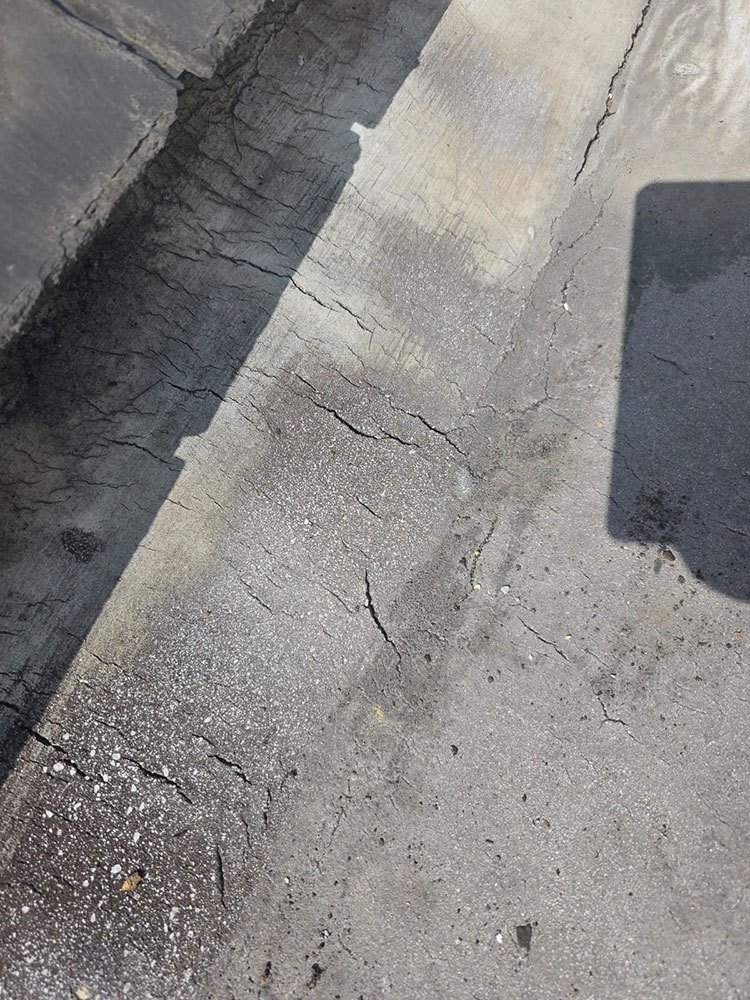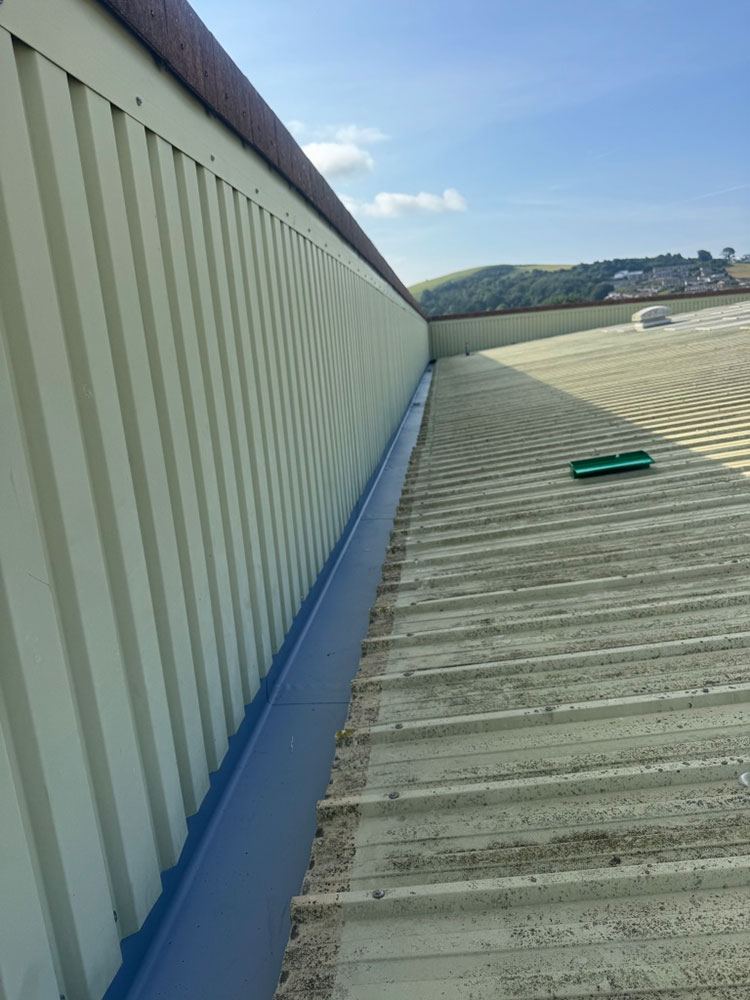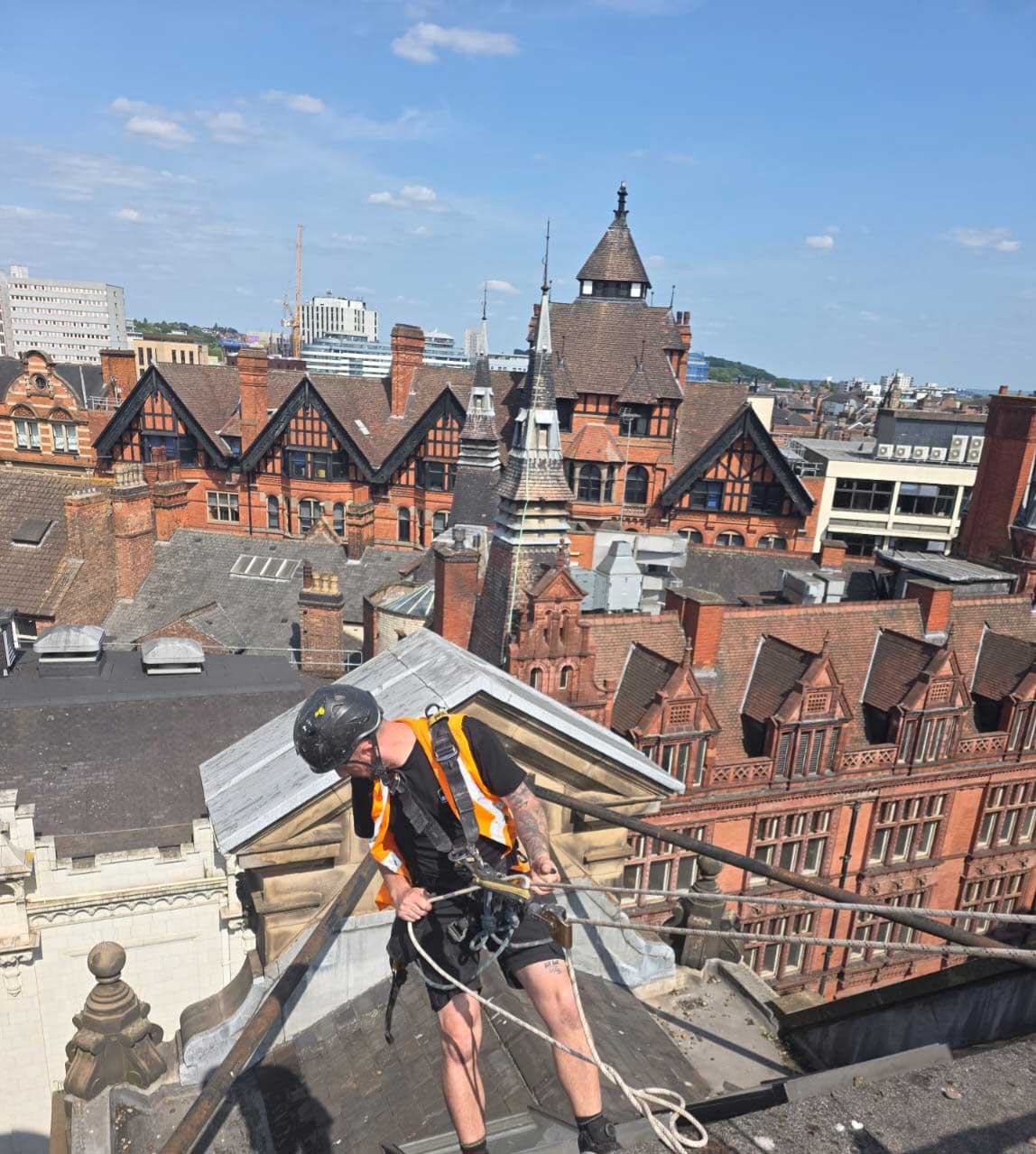
Commercial roofing systems are substantial investments that protect your business, employees, and valuable assets. Unlike residential roofing issues that might present obvious visual cues, commercial roof problems often develop gradually and can go unnoticed until they become costly emergencies. For facilities managers and building owners, recognizing the early warning signs of roof deterioration is crucial for preventing minor issues from escalating into major structural problems or business interruptions.
A proactive approach to roof maintenance not only extends the lifespan of your roofing system but also saves thousands of dollars in emergency repairs and potential business downtime. Commercial roofs face unique challenges, from supporting heavy HVAC equipment to withstanding extreme weather conditions across large surface areas. Understanding when your roof requires immediate professional attention can mean the difference between a routine maintenance call and a complete roof replacement.
Water Damage and Leakage Indicators
Water infiltration represents the most serious threat to commercial roofing systems and requires immediate attention regardless of the season. The first signs of water damage often appear inside the building before external roof damage becomes visible, making interior inspections equally important as exterior assessments.
Water stains on ceiling tiles, walls, or insulation materials indicate active or recent leaks that demand immediate investigation. These stains typically appear as brown, yellow, or rust-colored discoloration and may expand over time if left unaddressed. Even small water stains suggest compromised roof integrity that could lead to mold growth, structural damage, and potential health hazards for building occupants.
Pooling water on flat or low-slope commercial roofs presents another critical concern. While some ponding after heavy rainfall is normal, water that remains standing for more than 48 hours indicates drainage problems or structural sagging. This standing water accelerates roof membrane deterioration, increases the likelihood of leaks, and adds significant weight stress to the building structure.
Interior humidity issues, musty odors, or visible mold growth often signal hidden moisture problems originating from roof leaks. These conditions not only compromise indoor air quality but also indicate that water has penetrated building materials where it can cause extensive damage to insulation, structural components, and electrical systems.
Dripping sounds during or after rainfall, even without visible water damage, suggest active leaks that may be contained within wall cavities or above ceiling systems. These hidden leaks can cause significant structural damage before becoming visually apparent, making prompt professional inspection essential.
Structural Concerns and Physical Damage
Commercial roofs must support substantial weight loads from HVAC equipment, snow accumulation, and their own materials. Structural issues require immediate professional evaluation to prevent potential safety hazards and building code violations.
Sagging areas, uneven surfaces, or visible deflection in roof sections indicate potential structural compromise that could lead to partial or complete roof collapse. These conditions may result from inadequate structural support, water damage to underlying materials, or excessive weight loads beyond the roof’s design capacity.
Cracked or damaged roof membranes, particularly on flat roofing systems, create entry points for water infiltration and accelerate overall roof deterioration. Large cracks, tears, or punctures in roofing materials expose the underlying structure to weather elements and require immediate repair to prevent extensive water damage.
Separation or lifting of roofing materials, especially at seams, joints, or edges, compromises the roof’s weatherproofing capabilities. Wind uplift, thermal expansion and contraction, and age-related material degradation commonly cause these separations, which worsen rapidly without prompt attention.
Damaged or displaced flashing around roof penetrations, equipment mounts, or building edges creates vulnerable points for water infiltration. Flashing systems are critical for directing water away from these transition areas, and any visible damage or separation requires immediate repair to maintain the roof’s integrity.
Drainage System Failures
Proper drainage is essential for commercial roof longevity, and any compromise to drainage systems creates conditions for accelerated roof deterioration and potential structural damage.
Clogged gutters, drains, or scuppers prevent proper water evacuation and contribute to standing water problems. Debris accumulation, including leaves, dirt, and roofing materials, can quickly overwhelm drainage capacity during heavy rainfall events. Regular drainage system maintenance is crucial, but immediate attention is required when drainage failures cause water backup or overflow conditions.
Damaged or separated drainage components, including gutters, downspouts, or internal drain connections, compromise the roof’s ability to shed water effectively. These failures often occur at connection points where different materials meet or where thermal movement causes stress concentrations.
Ice dam formation during winter months blocks drainage systems and creates conditions for water infiltration and structural damage. Ice dams typically form when heat loss from the building melts snow that refreezes at roof edges, creating barriers that trap subsequent melt water on the roof surface.
Overflow conditions during rainfall events indicate inadequate drainage capacity or system blockages that require immediate attention. Commercial roofs must handle substantial water volumes quickly, and any signs of overwhelmed drainage systems suggest the need for professional evaluation and potential system upgrades.
HVAC and Equipment-Related Issues
Commercial roofs typically support substantial HVAC equipment and other mechanical systems that create unique maintenance challenges and potential damage sources.
Visible damage to HVAC equipment supports, curbs, or mounting systems can compromise both the equipment and roofing system integrity. Loose or damaged equipment can create punctures, membrane damage, or concentrated load stresses that exceed the roof’s design capacity.
Refrigerant leaks from HVAC equipment can damage roofing materials and create environmental hazards. Many roofing membranes are susceptible to chemical damage from refrigerants, oils, and other mechanical system fluids, requiring immediate cleanup and membrane inspection when leaks occur.
Excessive vibration from HVAC equipment can loosen mounting systems, damage roof membranes, and create fatigue stress in structural components. Any noticeable increase in equipment vibration or visible movement during operation requires immediate professional evaluation.
Blocked or damaged HVAC condensate drainage systems can create localized flooding conditions that overwhelm roof drainage systems and contribute to membrane deterioration. These systems require regular maintenance and immediate attention when drainage failures occur.
Age and Material Degradation Signs
Commercial roofing materials have finite lifespans, and recognizing age-related deterioration helps facilities managers plan for necessary replacements before emergency conditions develop.
Widespread membrane cracking, brittleness, or granule loss indicates material aging that compromises weather resistance. These conditions typically develop gradually but accelerate rapidly once material degradation reaches critical points.
UV damage appears as fading, chalking, or surface degradation on exposed roofing materials. Extended UV exposure breaks down polymer chains in many roofing materials, reducing flexibility and weather resistance over time.
Thermal cycling damage from repeated heating and cooling creates stress concentrations that lead to cracking, separation, and material fatigue. Commercial roofs experience significant temperature variations that gradually compromise material integrity and system performance.
Fastener corrosion or loosening affects the roof’s ability to resist wind uplift and maintain proper membrane attachment. Metal fasteners are particularly susceptible to corrosion in coastal environments or areas with high humidity levels.
Emergency Response Protocols
When immediate roof attention is required, having established emergency response protocols minimizes damage and ensures safety for building occupants and maintenance personnel.
Immediate temporary measures may include placing containers to catch dripping water, covering damaged areas with tarps or temporary membranes, and restricting access to areas with potential structural concerns. However, these measures are only temporary solutions, and professional evaluation remains essential.
Documentation of damage conditions through photographs and written descriptions helps insurance claims processing and provides valuable information for roofing contractors. This documentation should include interior and exterior damage areas, equipment conditions, and any temporary protective measures implemented.
Professional contractor contact information should be readily available for emergency response situations. Establishing relationships with qualified commercial roofing contractors before emergencies occur ensures faster response times and better service quality during critical situations.
Safety considerations must always take priority during emergency roof situations. Building occupants should avoid areas with potential structural damage, and maintenance personnel should not attempt repairs without proper safety equipment and training.
Preventive Maintenance Strategies
Regular preventive maintenance significantly reduces the likelihood of emergency roof situations and extends overall system lifespan. Facilities managers should establish comprehensive maintenance schedules that address seasonal requirements and equipment-specific needs.
Monthly visual inspections of interior spaces for water damage signs, combined with quarterly exterior roof inspections, help identify developing problems before they become emergencies. These inspections should focus on drainage systems, membrane conditions, and equipment mounting systems.
Annual professional roof inspections provide comprehensive evaluations that identify potential problems and recommend maintenance priorities. Professional inspectors have specialized knowledge and equipment to assess conditions that may not be apparent during routine facility inspections.
Maintenance documentation creates valuable historical records that help identify recurring problems and track roof system performance over time. This information proves invaluable for warranty claims, insurance documentation, and long-term planning decisions.
Understanding the warning signs that indicate your commercial roof needs immediate attention empowers facilities managers to protect their investments and maintain safe building conditions. Prompt response to these indicators prevents minor issues from developing into costly emergencies while ensuring continued protection for building occupants and contents.









